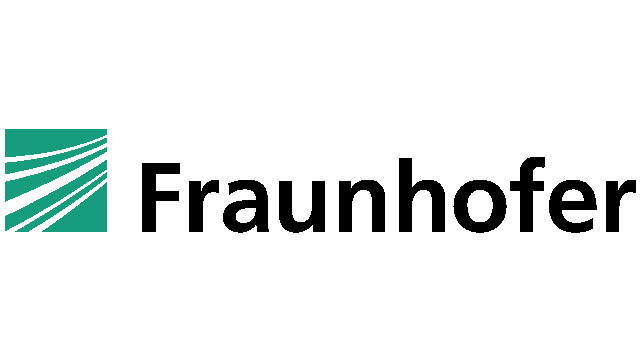South Korean tech biggie LG Electronics on Thursday announced that it has successfully demonstrated 6G data transmission through the tetrahertz spectrum, in a bid to become a market leader in terms of next-gen communication technology. This comes even as world at large is still making use of 4G communication, and 5G is set to be the next big thing. As such, success in a 6G endeavor is kind of a big deal.

As per reports, 6G tetrahertz wireless communication signals were sent over 100 meters in an outdoor setting, in partnership with European application-oriented research firm Fraunhofer-Gesellschaft. The trial was carried out last week at Berlin, Germany. The communication signals were stabilized using a new power amplifier developed by the two companies in collaboration.
High Power Losses
While this is a major breakthrough in terms of communication tech, one must note that not all is happy and sweet as of now. The transmission and reception process, which was carried out through antennae, registered severe power losses, and the frequency coverage range is quite narrow. South Korean news outlet Yonhap reports that power amplifiers will have to be further enhanced to cut back on the losses.
LG says that as of now, its new amplifier is capable of delivering maximum output signals of 15 decibel-milliwatts, providing stable communication in the band between 155-175 gigahertz (GHz). The company also claims to have come up with adaptive beamforming and high-gain antenna switch tech, to further support its 6G ambitions.
The Future Of Data Communication
Expressing its hopes for the new technology, LG says that it expects 6G to go commercial latest by 2029, and adds that the process of standardization is all set to begin as early as 2025. Faster data speed, higher reliability, and lower latency are expected to be some of the benefits over 5G. User experience will be enhanced through the Ambient Internet of Everything (AIoE) concept. In order to develop the technology, LG had set up its 6G research center in 2019, together with KAIST. Just last year, it had also signed an agreement with the Korea Research Institute of Standards and Science in a bid to study 6G.
Moreover, just this June, the firm’s principal researcher happened to be elected the chair of the applications working group at Next G Alliance, which is a mobile technology alliance situated in North America, and which has taken upon itself the task of coming up with 6G solutions.











